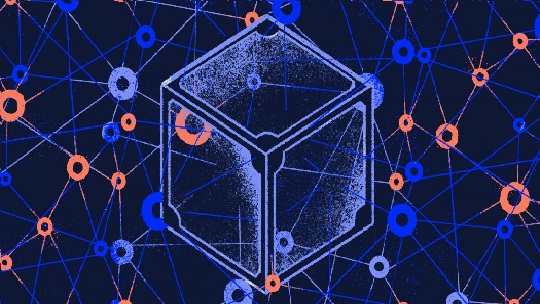
The “Blockchain” is one among the most exalted technology today which has a pervading impact on all industries, specifically in Banking and Financial Services. Blockchains are transparent and decentralised methods of recording lists of transactions and have become famous as the technology behind digital currencies such as Bitcoin. The idea of Blockchain was born in 2008.
Blockchain evolved as the formal name for tracking the database underlying the cryptocurrency, that is, bitcoin, but now it is referred as distributed ledger with software algorithms to record transactions as a chain of blocks with trustworthiness and anonymity. Blockchain also uses the concept of smart contracts where business rules are implied by an agreement that are embedded in the blockchain and executed with the transaction.
Blockchains allow us to have a distributed peer-to-peer network where non-trusting members can verifiably interact with each without the need for a trusted authority.
Numerous Blockchain applications and platforms are widely known, starting with Bitcoin, followed by Ethereum, which act as a platform for building decentralized applications using smart contracts and inspired a whole new concept of “token economy.” Emerging applications in voting, digital identity, banking, and health sector illustrate how blockchain can potentially be used to address global business challenges.
Blockchain uses digital signature to guarantee the provenance of the transaction. The key advantage of blockchains resilient architecture which protects the distributed ledger. Decentralized consensus mechanism makes transactions immutable and updatable only through consensus among peers over the network. This design protect displace traditional third-party functions in a transaction.
Given this enormous potential, many companies dealing with Blockchain technologies have emerged over the last years and a rush on patenting Blockchain technology began. This makes this hot topic, a highly interesting field of study for a patent analysis in order to obtain insight into the developments of this technology.
Most authors classify blockchain applications into financial and non-financial ones. These applications include:
– Financial (Prediction Marketplace, Cryptocurrencies)
– Healthcare management
– Governance (Voting systems, Public administration, Identity Management)
– Data Management (Human Resources, Data Distribution)
– Business and industrial (Supply chain, Music industry, Energy)
– Integrity Verification (Insurance, Intellectual Property, Counterfeit)
– Internet of Things (Distributed device management, IoT E-business)
– Education (Reputation, Certification Management)
– Privacy and Security (Anonymisation, Secure Storage)
Major challenges in blockchain implementation are because of the consensus protocol which demands very high computation support. More the number of nodes in blockchain means better blockchain network, but computational power increases in direct proportion to the network size.
Categorise of blockchain development:
– Application of blockchain technology as a development platform
– Application of blockchain technology as a smart contract
– Application of blockchain technology as a marketplace
– Application of blockchain technology as trusted service application






